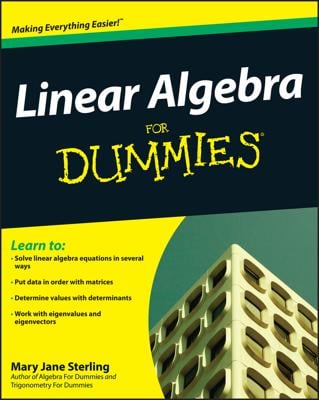Follow the order of operations with each algebra problem you solve. The order of operations in algebra is important if you want to find the correct answer. You first work through any grouping symbols, then exponents or roots, then multiplication, division, addition, and finally subtraction.
Practice following the order of operations by solving this example problem:
2 + 32(5 – 1)= ?
-
Solve expressions contained within grouping symbols.
Subtract the 1 from the 5 in the parenthesis to get 4.
Now the problem looks like this: 2 + 32(4) = ?
-
Solve terms with exponents or square roots
Raise the 3 to the second power to get 9.
Now the problem looks like this: 2 + 9(4) = ?
-
Solve expressions that require multiplication or division.
Multiply the 9 and 4 to get 36.
Now the problem looks like this: 2 + 36 = ?
-
Solve expressions that require addition or subtraction.
Add 2 and 36.
Your final answer is 38.
You may encounter an expression with no grouping symbols, such as 4 − 4 ÷ 2 + 5 × 2 = ?. To make following the order of operations easier, you can add your own grouping symbols, which makes the order clearer. Now the problem looks like this: 4 – (4 ÷ 2) + (5 × 2) = ?.
An easy way to remember the order of operations is to remember the phrase, "Please Excuse My Dear Aunt Sally," which means Parentheses/grouping symbols Exponents or roots Multiply Divide Add Subtract.

